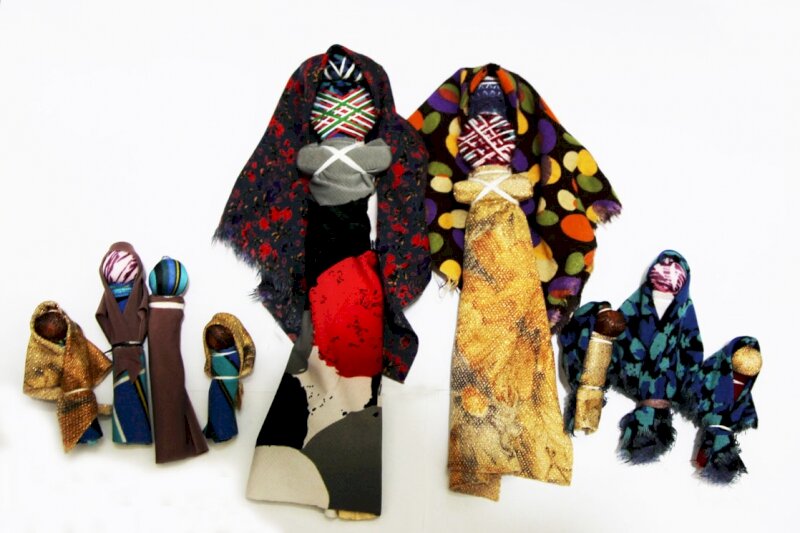Workshops discuss know-how to make regional dolls

TEHRAN – Crafters and their trainers discussed the know-how of traditional doll-making in special workshops held in the city of Azadshahr, northern Iran.
In addition, courses dedicated to pottery, traditional needlework, and wickerwork were held for amateur craftspeople of the city, a local tourism official said on Tuesday.
“A total of 12 handicraft training courses have been conducted in Azadshahr, northern Golestan province during the first nine months of the current Iranian calendar year (March 21-December 21, 2021),” Mohammad-Taha Asgari said.
These courses were held to maintain current employment in this field as well as improve the skills of all activists in handicrafts and traditional arts, including craftsmen, artists, exporters, and producers, the official added.
Golestan is reportedly embracing some 2,500 historical and natural sites, with UNESCO-registered Gonbad-e Qabus – a one-millennium-old brick tower – amongst its most famous. Narratives say the tower has influenced various subsequent designers of tomb towers and other cylindrical commemorative structures both in the region and beyond. The UNESCO comments that the tower bears testimony to the cultural exchange between Central Asian nomads and the ancient civilization of Iran.
With 14 entries, Iran ranks first globally for the number of cities and villages registered by the World Crafts Council, as China with seven entries, Chile with four, and India with three ones come next.
The value of Iran’s handicrafts exports stood at $120 million during the first eleven months of the past Iranian calendar year 1399 (March 20, 2020 – February 18, 2021), Mehr reported. The country’s handicrafts exports slumped during the mentioned months in comparison to the same period last a year earlier due to the damage the coronavirus pandemic has inflicted on global trade.
The Islamic Republic exported $427 million worth of handicrafts during the first eleven months of the calendar year 1398. Of the figure, some $190 million was earned via suitcase trade (allowed for customs-free and tax-free transfer) through 20 provinces, according to data compiled by the Ministry of Cultural Heritage, Tourism and Handicrafts.
Ceramics, pottery vessels, handwoven cloths as well as personal ornamentations with precious and semi-precious gemstones are traditionally exported to Iraq, Afghanistan, Germany, the U.S., the UK, and other countries.
ABU/AFM
Leave a Comment